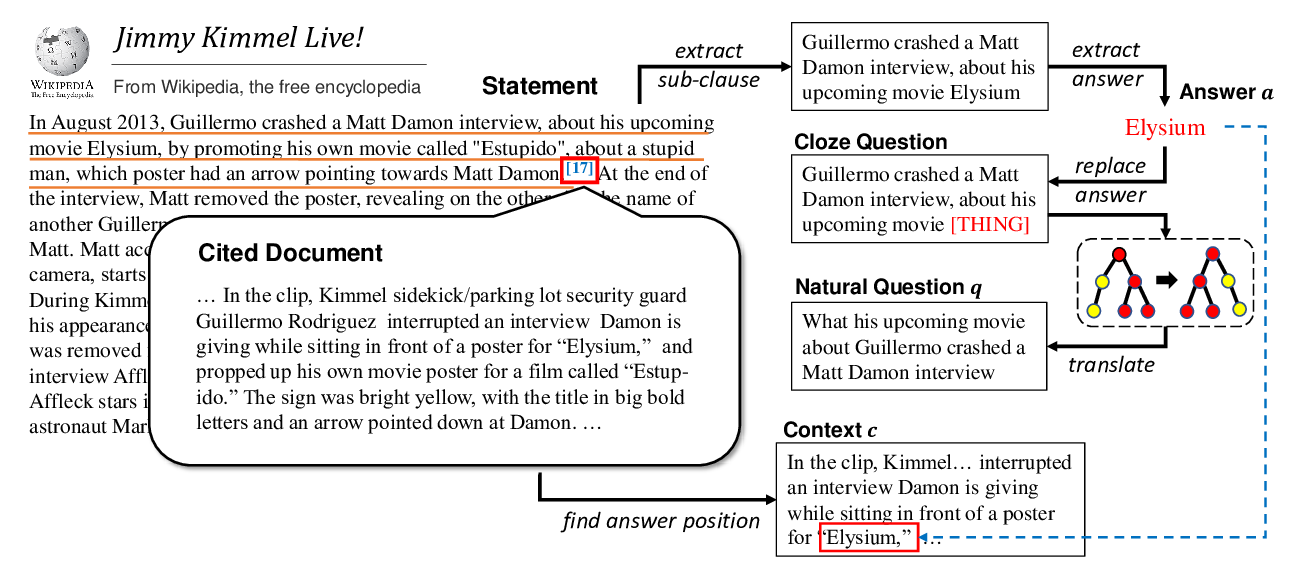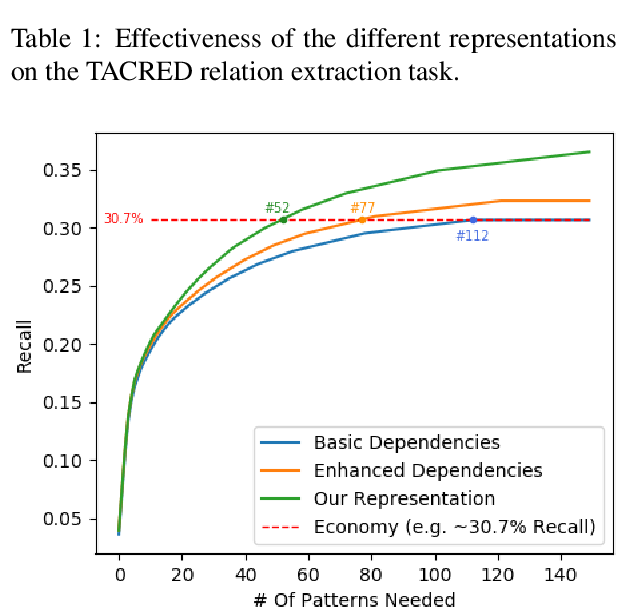Revisiting Unsupervised Relation Extraction
Thy Thy Tran, Phong Le, Sophia Ananiadou
Information Extraction Short Paper
Session 13A: Jul 8
(12:00-13:00 GMT)

Session 15A: Jul 8
(20:00-21:00 GMT)

Abstract:
Unsupervised relation extraction (URE) extracts relations between named entities from raw text without manually-labelled data and existing knowledge bases (KBs). URE methods can be categorised into generative and discriminative approaches, which rely either on hand-crafted features or surface form. However, we demonstrate that by using only named entities to induce relation types, we can outperform existing methods on two popular datasets. We conduct a comparison and evaluation of our findings with other URE techniques, to ascertain the important features in URE. We conclude that entity types provide a strong inductive bias for URE.
You can open the
pre-recorded video
in a separate window.
NOTE: The SlidesLive video may display a random order of the authors.
The correct author list is shown at the top of this webpage.
Similar Papers
Biomedical Entity Representations with Synonym Marginalization
Mujeen Sung, Hwisang Jeon, Jinhyuk Lee, Jaewoo Kang,

Soft Gazetteers for Low-Resource Named Entity Recognition
Shruti Rijhwani, Shuyan Zhou, Graham Neubig, Jaime Carbonell,

Harvesting and Refining Question-Answer Pairs for Unsupervised QA
Zhongli Li, Wenhui Wang, Li Dong, Furu Wei, Ke Xu,

pyBART: Evidence-based Syntactic Transformations for IE
Aryeh Tiktinsky, Yoav Goldberg, Reut Tsarfaty,
